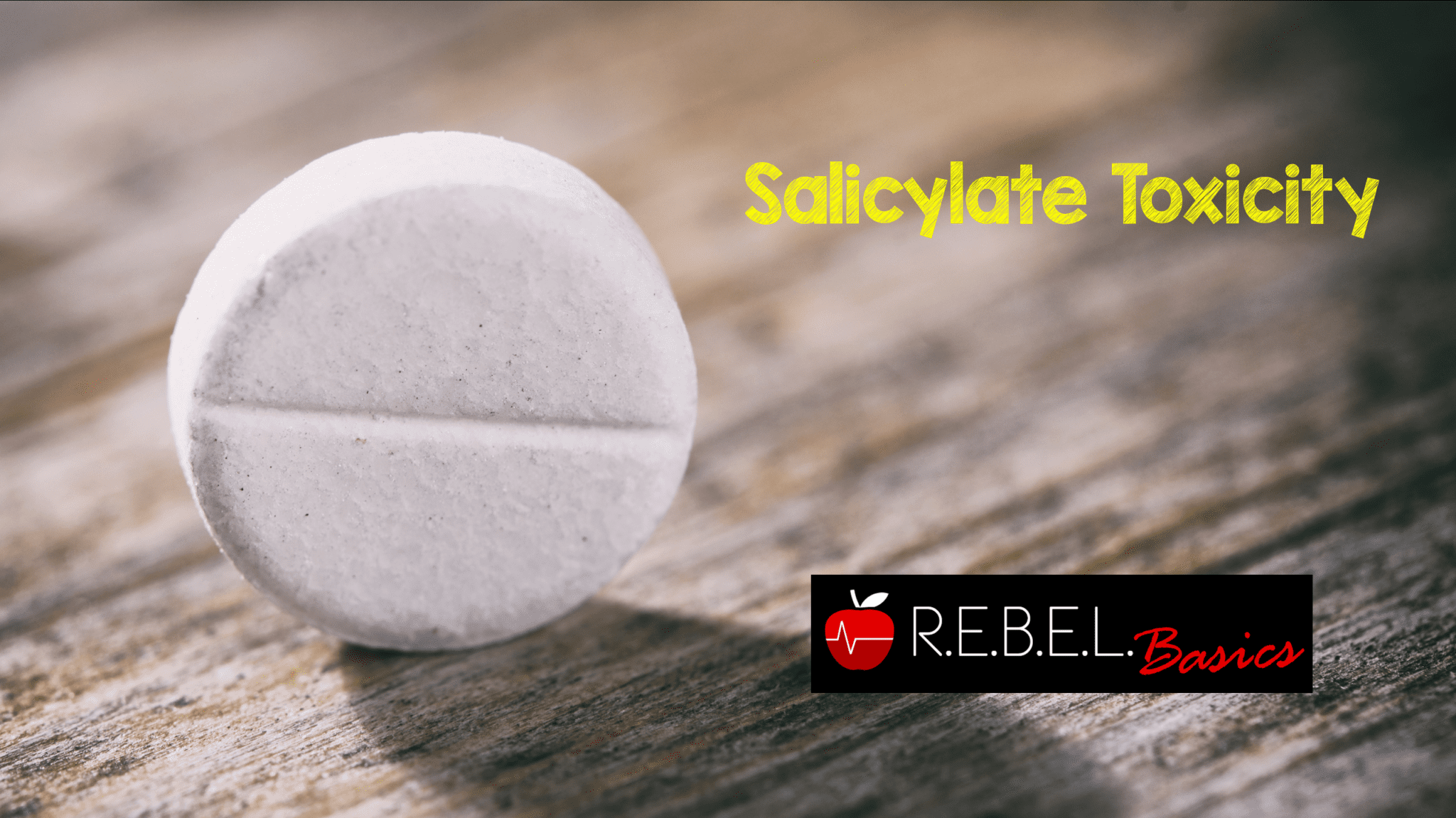

For practical purposes, however, one should consider that the effects of intravenous atropine begin within 3–4 min and are maximal about 12–16 min after injection.Ītropine is less effective in blocking certain muscarinic effects (for example, effects on the gastrointestinal and urinary tracts) than others effects (for example, effects on the heart and the salivary glands). There is no correlation between plasma levels and maximal pharmacological effects after intravenous injections ( Adams et al., 1982) therefore, the dose of atropine cannot be titrated by means of plasma concentration. About 50% of atropine is eliminated unchanged in the urine. In children, higher volumes of distribution than in adults have been reported. The reported apparent volume of distribution is quite large (2–3.5 liter kg −1), implying significant intra- and extracellular binding and partitioning of the drug. In children and in the elderly, the plasma half-life may be longer.

Differences are due to assay methods and to a considerable intra- and interindividual variability ( Adams et al., 1982 Kanto and Klotz, 1988 Kentala et al., 1990).

However, for practical purposes, the reported plasma half-lives after both intravenous and intramuscular injections, varying between 1.3 and 4.3 h, should be considered. The kinetics of distribution of atropine seem to be dose dependent: about 20% of the drug is bound in plasma and two phases, with apparent half-lives of 1 and 140 min, respectively, have been identified after intravenous injection ( Hinderling et al., 1985). Pharmacokinetic data about atropine are limited. The shelf life is 24 months from the date of manufacture if it is kept under the recommended conditions ( Heath and Meredith, 1992).

It is a racemic mixture of active 1-hysocyamine and inactive d-hysocyamine that should be stored at 15–30☌ and protected from light. Other available drugs, such as reactivators of inhibited AChE, which are very effective, should be considered, in principle, as valid adjuncts to atropine administration.Ītropine is a muscarinic receptor antagonist that prevents the effects of acetylcholine by blocking its binding to muscarinic cholinergic receptors ( Brown and Taylor, 1996). Marcello Lotti, in Hayes' Handbook of Pesticide Toxicology (Third Edition), 2010 AtropineĪtropine represents the cornerstone of the treatment for poisoning by anticholinesterase.


 0 kommentar(er)
0 kommentar(er)
